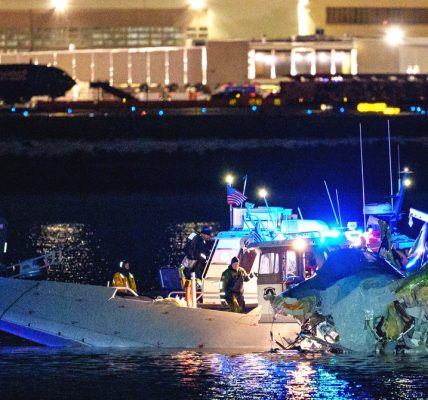The United States Security Council and its War Powers Resolution: How President Trump acted in accordance with the Vietnam War, and why he should have an authorization
Just as the president is legally bound to seek authorization from Congress before launching a war, so too is he required to seek authorization from the United Nations Security Council. The United States created a global system after World War II in which the use of coercive authority by any state against another was subject to collective checks. The United Nations Charter contains a provision that states that signatory states must reject use of force against the territorial integrity or political independence of any state.
Glennon believes that the president cannot use armed force to attack a country unless there is an attack on the United States or the threat of an imminent attack.
Legislative and executive branches were at odds over these conflicts. The War Powers Resolution of 1973, which was passed in the wake of the Vietnam War, was to allow Congress to claw back some authority they lost during the war. The president is required to notify Congress within 48 hours of putting U.S. troops in harm’s way and to end it within 60 days. It became law after Congress overrode President Nixon’s veto.
Ingber, of Cardozo Law School, agrees. “Even this administration … is at least nodding toward those requirements. Even Secretary of Defense The administration is acting in accordance with the War Powers Resolution, according to Pete Hegseth. “
That modicum of respect for at least part of the resolution underscores that it “is widely considered constitutionally justified under Congress’ ‘necessary and proper’ power,” Griffin says.
But “if this turns into tit-for-tat with Iran, Trump should get an authorization. That would satisfy the War Powers Resolution — and strengthen his legal position,” according to Griffin.
Does Congress or the president hold war powers? Here’s what to know about the quasi-war U.S.–France war
Rebecca Ingber, a professor at Cardozo Law School in New York, says that the framers knew that it would be up to the congress to decide if we went to war with another country.
Speaking Monday on NPR’s Morning Edition, Sen. Mike Kelly, D-Ariz., said that while there’s little Democrats can do to force the administration to seek congressional approval, the president should still respect constitutional norms. Kelly said that the administration should comply with the constitution. “Traditionally, presidents have done that. I know recently, sometimes with certain actions, when it is viewed as protecting the safety of our country, presidents can act, and then they should be able to notify us.”
Sen. Tim Kaine, D-Va., was more direct in his criticism. Appearing Sunday on CBS’ Face the Nation, he said: “The United States should not be in an offensive war against Iran without a vote of Congress. There is no confusion on the Constitution. I am very disappointed that the president has acted too hastily.
Critically, Griffin says, the Constitution doesn’t require Congress to issue a formal declaration of war. Legislative approval is what matters in the use of military force. He says that the constitutional requirement is not about picking up a document saying “Declaration of War” and signing it.
Yet presidents have long sent U.S. forces into combat without a formal declaration of war. The Quasi War was a small naval conflict between the United States and France that took place during the Revolutionary War. There was no official declaration of war between the two countries at the end of the 18th century.
Source: Does Congress or the president hold war powers? Here’s what to know
The War Powers Resolution and the U.S. Naval Action in the Gulf of Tonkin Resolution: A Long Journey Across the Atlantic Ocean to South Asia
“The creation of the atom bomb changed the game,” says Griffin. The military deployment took months in the early republic. Things were “speeded up” after 1945, according to the author. You would want to get an immediate response.
While the Korean War did not have a formal declaration, the Gulf of Tonkin Resolution — widely regarded today as a misleading statement of the facts of a naval encounter between a U.S. destroyer and North Vietnamese gunboats — did draw the U.S. further into the Southeast Asian conflict. Passed it in 1964, that resolution authorized President Lyndon Johnson to take military action in Southeast Asia. President George H.W. Bush got an AUMF for the Persian Gulf War in 1991. During the 1999 Kosovo crisis, President Bill Clinton launched a NATO bombing campaign against what was then Yugoslavia without congressional authorization.
In the 1970s Michael Glennon was a legal counsel for the Senate Foreign Relations Committee and he dealt with legal issues related to the War Powers Resolution.


